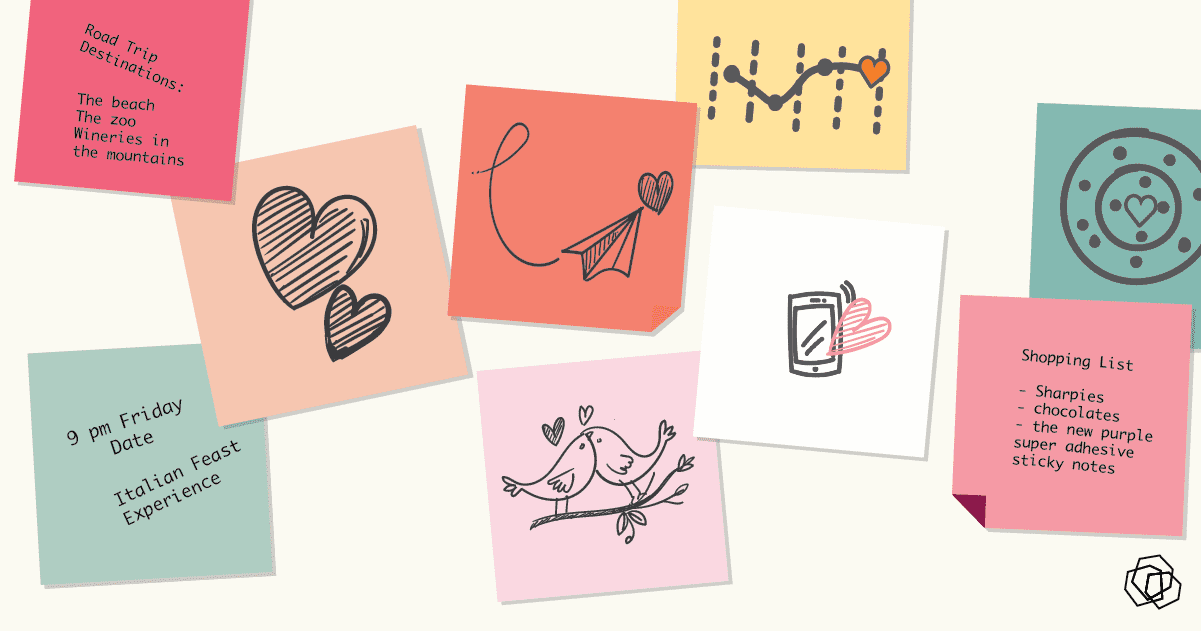
By Kate Ellis, Service Designer
The signs are there—sticky notes on the mirror, your first date is plotted on a journey map, and you think they’re using research techniques on you—could it be that you are dating a service designer?
The resulting confusion is all too familiar to you. Because services are often intangible experiences that only have value when performed for the customer, many people are left bewildered about service designers’ work. In short, service designers bring customer-centric mindsets into organizations to bring new ideas to customers that keep them coming back.
They’ll show their love for you by letting you in on a little secret: empathy will take you a long way when interacting with customer service. Service designers work to understand the motivations of frontline workers within an organization to create better experiences for employees and customers alike.
Tips from service design on handling life’s mundane unpleasantries >
If they want to build a future with you, they’ll ensure you’re on the same page. Service designers tactfully zoom out to create alignment on a future vision that adds value for the customer and makes business sense for the provider and zoom in to identify near-term initiatives to drive the transition needed to realize that future.
The 10,000-foot view of service design >
To be exclusive or keep it casual? Service design excels when the problem is unknown or the path forward is unclear. Service designers are not afraid to enter unfamiliar terrain searching for new opportunities.
How service design helps you embrace possibility within your organization >
Affirming your ideas and creatively adding to them, service designers have adopted the “Yes, and…” mindset from improvisation. It enables them to build stories with their team members by finding valuable ideas and focusing on those aspects.
The secret sauce to your relationship will be making decisions together. Service design is collaborative by nature. Service designers work side-by-side with organizations to open up opportunities to give everyone, not just trained designers, the tools necessary to become more service-driven.
How Harmonic Design can help your organization build its service design capabilities >
Don’t be surprised if they list dating ideas categorized by weather, cost, and proximity. Service designers often work in ambiguous terrain, which means they’ll explore multiple possibilities to create the best possible outcomes for customers.
They are even visualizing the dating journey itself! Service designers often use visualizations to create a concrete representation of the service and facilitate focused communication among those involved in its design.

A new recipe, improv class, scuba diving, moving abroad – you’ve seen it all. Service designers embrace experimentation as a way to learn and generate value. It allows them to test new concepts or methods of doing things and ensure that they’re building the right thing.
Putting themselves in your shoes is what they do best. Service designers believe that designing impactful services requires differing viewpoints. Design research brings multiple perspectives of the service into focus: its customers, those involved in its delivery, and those responsible for the outcomes.
What differentiates service design research >
And you’ve bonded with them over many. Service designers use storytelling to conceptualize the future where people have better experiences and persuade and inspire others to take the necessary action to make those experiences a reality.
Best practices that may help you in your journey >
If you’ve gotten this far, you’re probably dating a service designer. If not, but you find these signs acceptable, a service designer is likely a desirable choice for you.